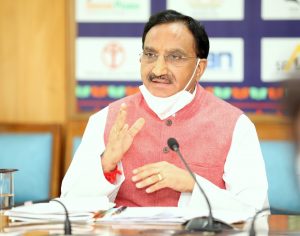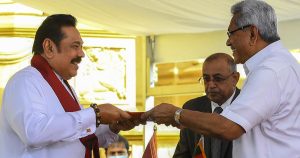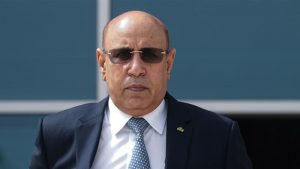VisionIAS
13:40
Roman Saini Static GS 500 Most Important Topics for UPSC Prelims 2020
- Ancient and Medieval History - Click here
- Modern Indian History - Click here
- Post Independence History - Click here
- Art and culture - Click here
- World and Indian Geography - Click here
- Environment & Ecology - Click here
- Indian Polity and Constitution - Click here
- Indian Economy - Click here
- Science and Technology - Click here
- International organisation and Groupings - Click here
















